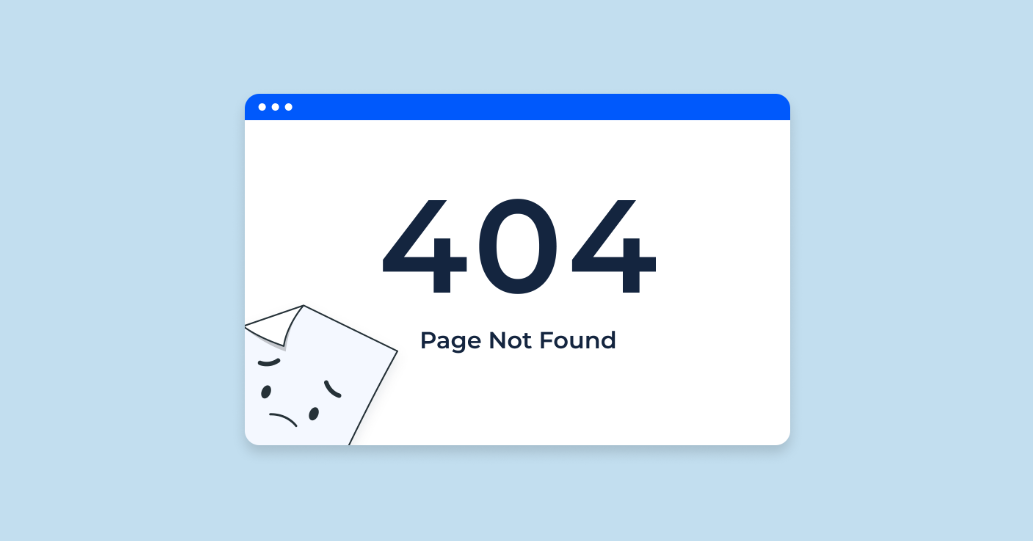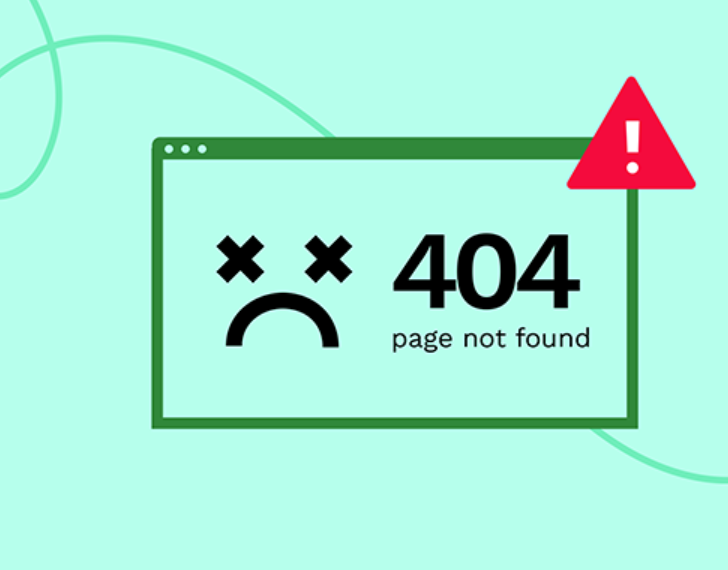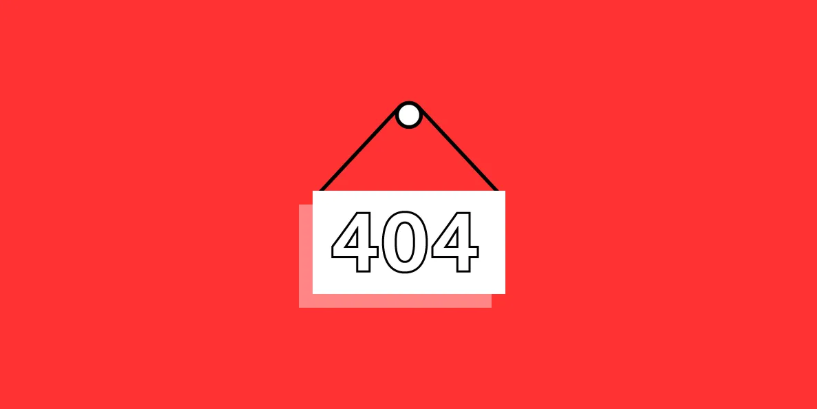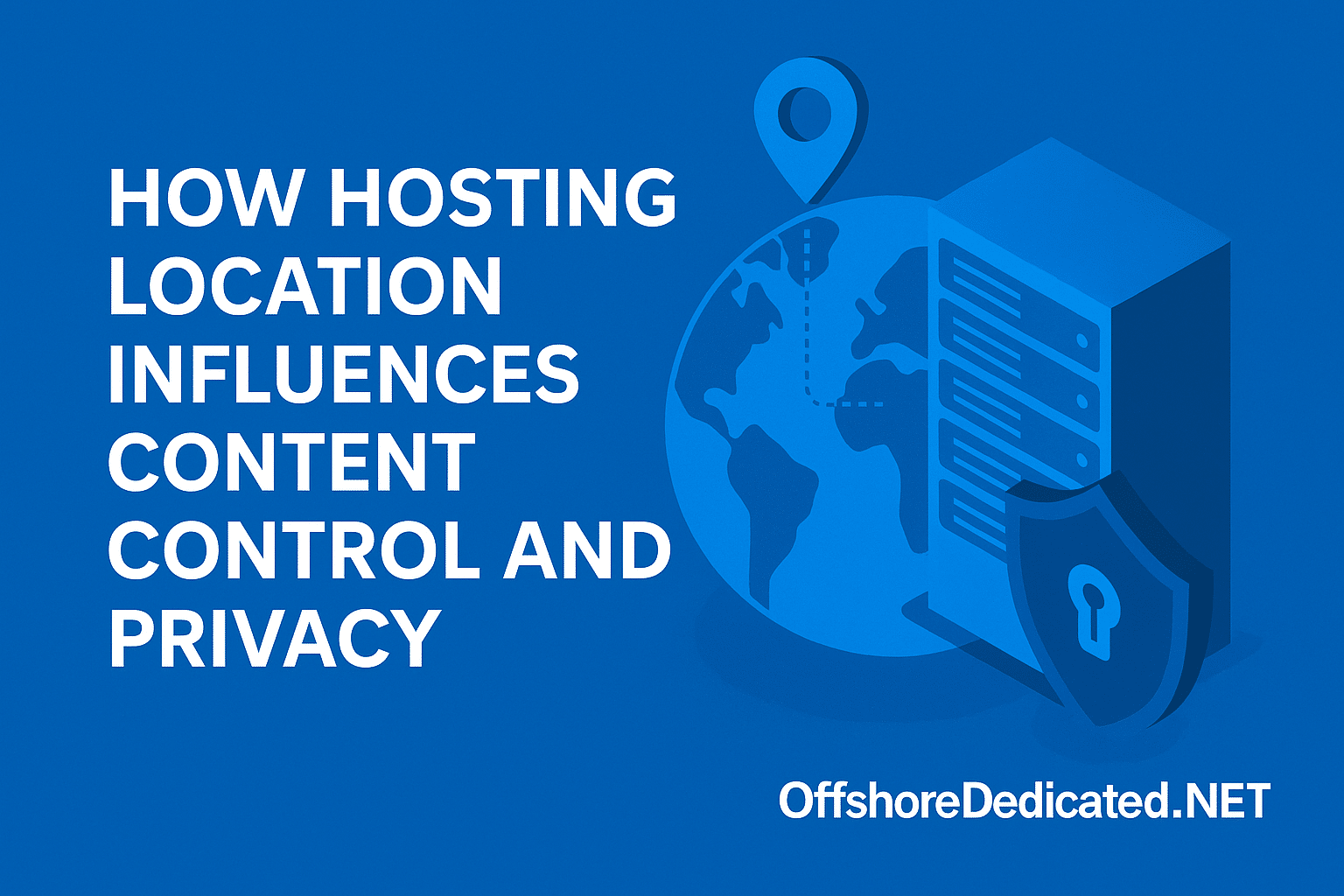Understanding 404 Not Found
A 404 Not Found error appears when a web server cannot locate the resource a user is trying to access. This message is usually displayed as a standard web page, letting users know that the webpage they are looking for isn’t available. Several factors can contribute to this error, making it a common issue for internet users.
One frequent cause is a typo in the URL. If a user accidentally enters the wrong address, the server will not find the correct page. Beyond user errors, issues on the server side can also trigger a 404 error.
For example, if files or pages are deleted or moved without updating the internal website structure, users will encounter this error when they try to access the outdated links.
Another common reason is broken links. These occur when the URL points to a page that no longer exists. This is often the result of a website restructuring or content removal. If URLs are changed and proper redirects are not set up, users following the old links will be met with a 404 error page.
Additionally, server configuration problems can lead to 404 errors. Incorrect settings or permissions may prevent the server from accessing specific files or pages, resulting in an error message.
The browser cache can also be a culprit. If the browser has stored an outdated page version, it might show a 404 error even when the page is available. Clearing the cache can often resolve this issue, forcing the browser to fetch the most current version from the server.
Understanding these factors helps identify and address the root causes of 404 errors, leading to a smoother user experience.
How URLs Impact 404 Errors
URLs play a significant role in the occurrence of 404 errors. A common issue arises when URLs are changed during website updates or restructuring without adequately setting up redirects. If pages are moved or renamed and the old URLs are not redirected to the new ones, users following outdated links will encounter a 404 error.
Broken links are another major cause. These often result from pages being deleted or moved without updating the internal and external links that point to them. Even minor changes to a URL, like altering capitalization or adding/removing a slash, can lead to a 404 error if the server interprets the modified URL as a different path.
Furthermore, incorrect link management can exacerbate the problem. For instance, if a web admin fails to update links promptly, users will be directed to non-existent pages. This is particularly problematic for websites with a lot of content or those frequently updated, as managing all the links effectively becomes more challenging.
Another issue is dynamic URLs, which scripts or databases can generate. If the parameters in these dynamic URLs change or the script generating them is altered without updating the links, users may be directed to pages that no longer exist, resulting in a 404 error.
External links from other websites that fail to refresh their information about your site can produce 404 errors. Correct communication practices, including updating URLs for web admins, can help resolve this issue. Preserving a smooth user experience requires proper maintenance of all URLs since this prevents 404 Not Found errors.
Server-Side Causes of 404 Errors
Server-side issues can significantly contribute to the occurrence of 404 Not Found errors. One primary factor is the deletion or relocation of files on the server. When a file or page is removed, or its location is changed without updating the site’s internal links and structure, users attempting to access these resources will encounter a 404 error.
Another frequent cause is incorrect server configurations. Misconfigured settings can restrict the server’s ability to access specific files or directories, leading to error messages when users try to load these pages. Permissions play a crucial role as well; if file permissions are not correctly set, the server may be unable to serve the requested resources, resulting in a 404 error.
Additionally, server maintenance or migrations can temporarily disrupt access to certain pages. Users may be directed to non-existent pages if the server undergoes maintenance without proper planning and communication. Similarly, when migrating a website to a new server or host, if URLs are not carefully managed, 404 errors can proliferate.
Software updates on the server can also cause issues. Updates to the web server software, content management systems, or other backend applications may change how URLs are handled or require reconfiguration of existing settings. Inadequate update implementation might result in links no longer working and page disappearance.
Server software that is not updated and a lack of essential security patch applications contribute to the appearance of 404 errors. Faults in old software systems due to vulnerabilities or bugs result in page unreachability. Server software maintenance through regular updates and patches helps defend against these errors. Web admins who resolve server-side factors can minimize 404 errors, which produces more dependable user browsing performance.
Client-Side Causes of 404 Errors
Another contributing factor to 404 errors on the client side is browser cache issues. When a browser stores an outdated webpage version, it might display a 404 error even if it is currently accessible.
This can occur because the browser loads an old version from its cache rather than fetching the updated version from the server. Clearing the browser cache is a straightforward solution that can resolve this issue, ensuring the most recent version of the webpage is displayed.
Additionally, using outdated bookmarks can lead to 404 errors. If a user saves a bookmark to a page that is later moved or deleted, trying to access the page through the bookmark will result in a 404 error. Updating bookmarks and removing any that point to obsolete pages can help avoid this problem.
In some cases, browser extensions or plugins can interfere with the loading of webpages, causing a 404 error. Specific extensions that block ads or enhance privacy might inadvertently block legitimate page elements, leading to an error message. Turning off such extensions temporarily can help determine if they are the source of the issue.
Finally, network issues on the client side, such as a poor internet connection or DNS problems, can result in 404 errors. If the client device cannot correctly connect to the server due to these issues, the browser might display a 404 error. Troubleshooting the network connection or trying to access the webpage from a different network can help identify and resolve these problems.
Understanding these client-side causes is essential for effectively addressing 404 Not Found errors and ensuring users have a smooth browsing experience.
Impact of 404 Errors on User Experience
Users encountering 404 errors frequently can severely affect their browsing experience. The perception of being unimportant or disoriented may push users to abandon the site forever. A confusing journey leads customers to drop out of visits they initially planned to complete, thus diminishing potential buyers and damaging total user participation.
High bounce rates are a common consequence, as users quickly exit the site when they can’t find the content they seek. The existence of 404 errors leads to damaged search engine rankings. Severely damaged search engine rankings become possible when Google detects multiple broken connections, which decreases the website’s visibility in search engine result pages.
Such errors create two adverse effects: decreasing site visibility and reducing web traffic. Beyond user frustration, encountering multiple 404 errors can give the impression of an unmaintained or untrustworthy site, damaging the brand’s reputation. Therefore, addressing these errors promptly is essential to maintain user trust and ensure a smooth browsing experience.
Prevention and Management of 404 Errors
Prevention and management of 404 errors are essential for maintaining a positive user experience. Regularly checking for and fixing broken links is a key strategy. Using automated tools can help scan the website for any dead links and generate reports for quick action. These tools can also help monitor the site for any changes that might lead to 404 errors, allowing web admins to address issues proactively.
Setting up proper redirects is another crucial practice. When pages are moved or renamed, creating 301 redirects ensures that users are automatically directed to the new location, avoiding the dreaded 404 error. This also helps maintain SEO rankings by preserving link equity from the old URLs.
Maintaining a clean URL structure is important as well. Avoiding overly complex or dynamic URLs can make managing and reducing the likelihood of errors easier. If URL changes are necessary, updating all internal links and providing updated URLs to any external partners is vital.
Administrators can detect and fix 404 errors by utilizing user feedback. When users encounter 404 errors, website designers should create custom error pages that allow them to report broken links and guide users toward the leading site with friendly messages.
The website maintenance process requires clients to maintain the most current updates for their content management system plugins and server software. Updated software helps prevent system incompatibilities, which decreases the likelihood of system errors. Webmasters who follow these preventive measures will minimize 404 errors, which leads to improved user experience throughout their website.







